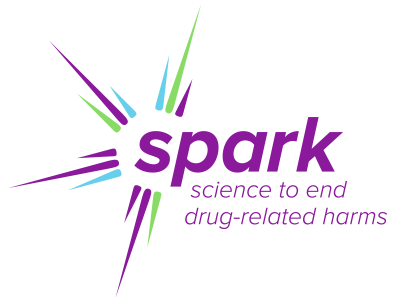Title: KENTUCKY COMMUNITIES AND RESEARCHERS ENGAGING TO HALT THE OPIOID EPIDEMIC (CARE2HOPE)
Project Number: 4UH3DA044798-03
Former Number: 4UG3DA044798-03
Contact PI / Project Leader: YOUNG, APRIL MARIE; COOPER, HANNAH L
Awardee Organization: UNIVERSITY OF KENTUCKY
Abstract Text:
The proposed project will build evidence-based, community-rooted public health responses to the epidemics of non-medical prescription opioid (NMPO) and heroin injecting, overdoses (ODs), and HCV, and to imminent HIV outbreaks, in 12 rural Appalachian Kentucky counties at the epicenter of these intertwined national crises. 10 counties rank in the top 5% for HIV/HCV vulnerability. Rates of HCV, injection drug use (IDU), and ODs are high in these counties, and most are in coal country, an RFA priority. Unfortunately, these counties exemplify an extreme version of the “implementation chasm,” a chasm dividing scientific knowledge from action. Evidence-based public health responses to these epidemics exist (e.g., syringe service programs [SSPs]) and are often deployed in cities. In these 12 rural counties, though, scarcities of resources and of providers conspire with drug-related stigma to constrain public health responses. The counties’ public health infrastructures are weak, their harm reduction infrastructures virtually non-existent. This project will bridge the implementation chasm in these 12 counties, and recognizes that bridging this chasm requires more than simply importing SSPs and other evidence-based community response projects (EB-CRPs) from cities. Guided by harm reduction principles, the Risk Environment Model, and Community/ Academic Partnerships (CAPs), in the UG3 we will: (1) Assess and enhance each county’s readiness to improve the local risk environment. (2) Examine the strengths, resources, needs, and gaps of each county’s risk environment. We will conduct a multi-method Community Assessment of the Risk Environment that integrates innovative, rigorous epidemiology (e.g., modeling); policy assessment; and best practices in community-based research (e.g., CAPs). (3) Select a package of EB-CRPs that responds to local needs and strengths, using elements of Intervention Mapping. Go/no go milestone: Each CAP will have created an EB- CRP package that (1) addresses targets common across all counties (e.g., opioid injection, OD, HCV, HIV), and (2) is tailored to local needs, resources, and readiness. In the UH3, we will: (4) Tailor selected EB-CRPs to each county’s context using ADAPT-ITT. (5) Analyze the effectiveness and cost-effectiveness of each county’s EB-CRP package, using an innovative stepped-wedge community randomized trial and mathematical models. We will use continuous quality improvement to enhance each EB-CRP’s fidelity, reach, immediate effects, and outcomes. To inform interventions, advanced network analyses will overlay risk networks with GHOST phylogenetic transmission data to show where HCV has been and predict where it is going. We draw strength from our collaborations. CAPs will meld residents’ local knowledge with researchers’ scientific expertise. Multi- PIs Young and Cooper have assembled an academic team with unsurpassed expertise in key substance, theories, and methods, and in multisite studies. The combination of a rigorous, innovative design (e.g., step- wedge community trials), strong theories, and a stellar team with community roots will ensure high impact.
